The 4 Ps of marketing is a well-known concept that summarizes the 4 basic elements of a marketing strategy: product, price, place and promotion.
The concept was originally introduced in McCarthy’s 1960 best-seller Basic Marketing: A Managerial Approach. While it’s 60 years old and the digitalization of the world has changed the fabric of marketing forever, these are still some core, foundational principles that have stood the test of time.
Before we look at this framework in more detail let’s take a look at its history.
What is the marketing mix?
The marketing mix represents all the tools and tactics you can use to promote your product or service in the marketplace. Think of it as your complete toolkit for reaching customers and driving sales.
The concept originated with Harvard professor James Culliton in 1948, who described marketers as "mixers of ingredients." This metaphor resonated with Professor Neil Borden, who popularized the term and developed a comprehensive framework.
Borden's original marketing mix included 12 interconnected elements:
- Product planning
- Pricing
- Branding
- Channels of distribution
- Personal selling
- Advertising
- Promotions
- Packaging
- Displays
- Services
- Physical handling
- Fact-finding analysis
These elements were influenced by four key market forces:
- Consumer buying behavior
- Trade behavior (wholesalers and retailers)
- Competitor positioning and response
- Government regulations
While comprehensive, Borden's 12-element framework proved complex for practical application. This is where E. Jerome McCarthy's simplification changed everything. In 1960, McCarthy distilled these elements into four core categories that became known as the 4 Ps of marketing—a framework that remains the foundation of marketing strategy today.
What are the 4 Ps of marketing?
Professor E. Jerome McCarthy simplified Borden's concept and distilled it down to four simple categories, now referred to as 'the 4 Ps of marketing.' These four elements—product, price, place, and promotion—form the foundation of any successful marketing strategy and help you view your offering through your customer's eyes.
If you neglect a single P, the whole mix wobbles. A recent survey shows 75.5% of product marketers collaborate simultaneously with product, marketing, and sales—clear evidence that real wins come when every lever pulls together.
Product
Your product is whatever you're selling—whether that's a physical item, digital software, or intangible service. But it's more than just features and specifications. Your product encompasses the entire customer experience, from initial awareness to post-purchase support.
Key considerations include:
- What specific problem does it solve?
- How does it differ from competitors?
- What's included in the complete offering?
- How does it align with your brand promise?
Price
Price determines not just your revenue, but how customers perceive your value. It's the only P that directly generates income, making it crucial to get right.
Your pricing strategy should consider:
- Production and delivery costs
- Competitor pricing
- Perceived value to customers
- Market positioning goals
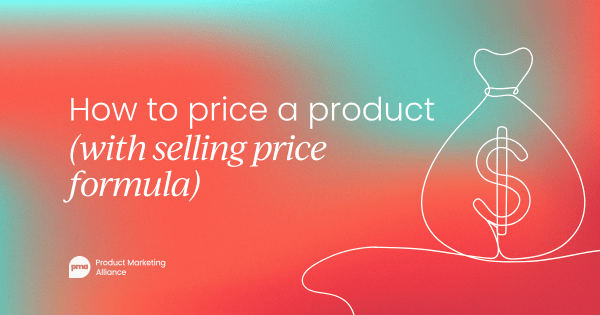
Place
Place refers to how your product will be provided to the consumer. In today's omnichannel world, this has evolved far beyond physical location to include e-commerce platforms, mobile apps, social commerce, and distribution partnerships.
Promotion
Promotion covers all the marketing strategies you use to communicate your product's value—including sales, PR, consumer education, content marketing, and paid advertising. It's your entire communication strategy, not just advertising.
Are they even relevant today?
You've probably heard the four Ps belong to consumer brands, but reality paints a different picture. Today, 79.1% of product marketing teams focus on SaaS or other digital products, proving the framework works just as well in almost any industry.
The marketing mix and the 4 Ps require us to:
- Identify and articulate the market for the product or service.
- Research potential customers and the unique need your product or service will fill.
- Craft a value proposition that addresses the consumer needs identified.
- Perform some competitor intel to identify how they're pricing their product, their target market, and the messaging they are using.
- Identify the right time and place to promote the product to the target market.
The above even applies to content marketing strategies, you need to know your audience, their pain points, what you're selling, and what your competition is up to.
So, as you can see, even though the framework is 60 years old, the concept is timeless!
How the 4 Ps evolved for modern marketing
While the 4 Ps framework is over 60 years old, it's evolved to meet modern marketing challenges. Digital transformation hasn't made the 4 Ps obsolete—it's expanded how we apply them.
The digital transformation of each P
Product now includes digital experiences, SaaS subscriptions, and virtual services. Companies like Spotify transformed music from a physical product to an access-based service.
Price has become more dynamic with subscription models, freemium strategies, and real-time pricing algorithms. Uber's surge pricing shows how technology enables sophisticated pricing strategies.
Place expanded dramatically with e-commerce, mobile apps, and social commerce. Your customer might discover you on Instagram, research on your website, and purchase through Amazon.
Promotion transformed with content marketing, social media, and marketing automation. Today's promotion is about creating valuable content and building communities—not just broadcasting messages.
The 7 Ps of marketing for service businesses
Service-oriented businesses often use an expanded marketing mix with three additional Ps:
- People: Your employees and their interactions with customers
- Process: How you deliver your service consistently
- Physical evidence: Tangible elements that support your service quality
These additions recognize that services are inseparable from the people who deliver them and the processes that ensure quality.
B2B marketing vs B2C applications
The 4 Ps apply differently across markets:
B2B marketing contexts often emphasize:
- Longer, consultative sales processes (Promotion)
- Direct sales and partner channels (Place)
- Value-based and negotiated pricing (Price)
- Complex, customizable solutions (Product)
B2C markets typically focus on:
- Mass communication and brand building (Promotion)
- Retail and e-commerce distribution (Place)
- Competitive and psychological pricing (Price)
- Standardized, scalable products (Product)
The framework's enduring relevance comes from its flexibility. Whether you're launching a digital marketing campaign or developing service marketing strategies, the 4 Ps provide a foundation you can adapt to your specific context.
How to implement the 4 Ps in your marketing strategy
Understanding the 4 Ps is one thing—applying them effectively is another. Here's a practical framework for implementing the 4 Ps in your marketing strategy.
Step 1: Audit your current marketing mix
Start by honestly assessing where you stand today:
Product audit questions:
- What are customers really buying from us?
- Which features do they value most?
- What problems remain unsolved?
- How do we compare to alternatives?
Price audit questions:
- Are we leaving money on the table?
- Do customers understand our value?
- How price-sensitive is our market?
- Are our costs sustainable?
Place audit questions:
- Where do customers expect to find us?
- Which channels drive the most value?
- Are we missing key touchpoints?
- How efficient is our distribution?
Promotion audit questions:
- Which messages resonate most?
- Where is our audience's attention?
- What's our cost per acquisition?
- How strong is our brand awareness?
Step 2: Identify gaps and opportunities
Compare your audit results against:
- Customer expectations and preferences
- Competitor strategies
- Industry best practices
- Market trends and shifts
Look for misalignments between Ps. For instance, premium pricing requires premium product quality and selective distribution—you can't charge luxury prices while selling in discount stores.
Step 3: Develop integrated strategies
Create strategies where each P reinforces the others:
- Align product features with target market needs
- Set prices that reflect your value and positioning
- Choose channels that reach your audience effectively
- Craft messages that resonate with your buyers
Remember: changing one P often requires adjusting others. If you add premium features (Product), you might need to raise prices (Price), shift to exclusive channels (Place), and elevate your messaging (Promotion).
Step 4: Test, measure, and optimize
The 4 Ps aren't set in stone. Continuously test and refine:
- A/B test pricing strategies
- Pilot new distribution channels
- Iterate on product features
- Experiment with promotional tactics
Track metrics for each P:
- Product: satisfaction scores, feature usage, retention
- Price: conversion rates, average order value, margin
- Place: channel performance, distribution costs, reach
- Promotion: awareness, engagement, attribution, ROI
Frequently asked questions about the 4 Ps
What's the difference between marketing mix and 4 Ps?
The marketing mix is the broader concept—all the elements you can control in your marketing strategy. The 4 Ps are McCarthy's simplified framework that organizes the marketing mix into four manageable categories. Think of the marketing mix as your full toolkit and the 4 Ps as the four main compartments that organize those tools.
Are the 4 Ps still relevant in digital marketing?
Absolutely. While the tactics have evolved, the fundamental categories remain valid. Digital marketing still requires a great product, strategic pricing, effective distribution (even if it's digital), and compelling promotion. The 4 Ps provide a timeless framework for making strategic decisions, regardless of whether you're marketing online or offline.
When should I use the 7 Ps instead of 4 Ps?
Consider the 7 Ps when marketing services or when the customer experience is integral to your offering. The additional Ps—people, process, and physical evidence—become crucial when:
- Your employees directly interact with customers
- Service delivery consistency affects satisfaction
- Tangible elements support your intangible service
What's the most important P?
There isn't one—that's the point. The 4 Ps work as an integrated system. A brilliant product fails with poor distribution. Perfect pricing means nothing if nobody knows about your offer. The magic happens when all four Ps align and reinforce each other.
How often should I review my marketing mix?
Review your 4 Ps at least quarterly, but also whenever:
- You launch new products or features
- Competitors make significant moves
- Market conditions shift
- Customer feedback indicates problems
- Performance metrics decline
The key is staying responsive without making knee-jerk changes that disrupt your overall marketing strategy.
Ready to master modern marketing frameworks?
You've just explored how the timeless 4 Ps framework adapts to today's digital landscape. But mastering marketing requires more than understanding theory—it demands continuous learning, practical tools, and real-world application.
That's where Pro+ Membership comes in. With access to 25+ accredited certifications, 100+ templates and frameworks, and exclusive insights from marketing leaders at companies like Google, Meta, and Microsoft, you'll have everything you need to excel in product marketing.
Whether you're refining your pricing strategies, optimizing your go-to-market approach, or building compelling positioning, Pro+ gives you the frameworks and community support to succeed.
Level-up your skills and join thousands of product marketers who are advancing their careers with Pro+.





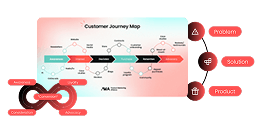



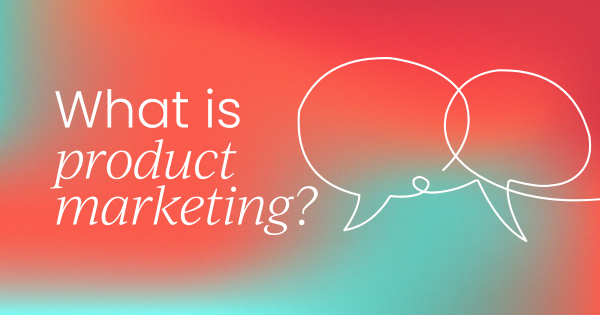


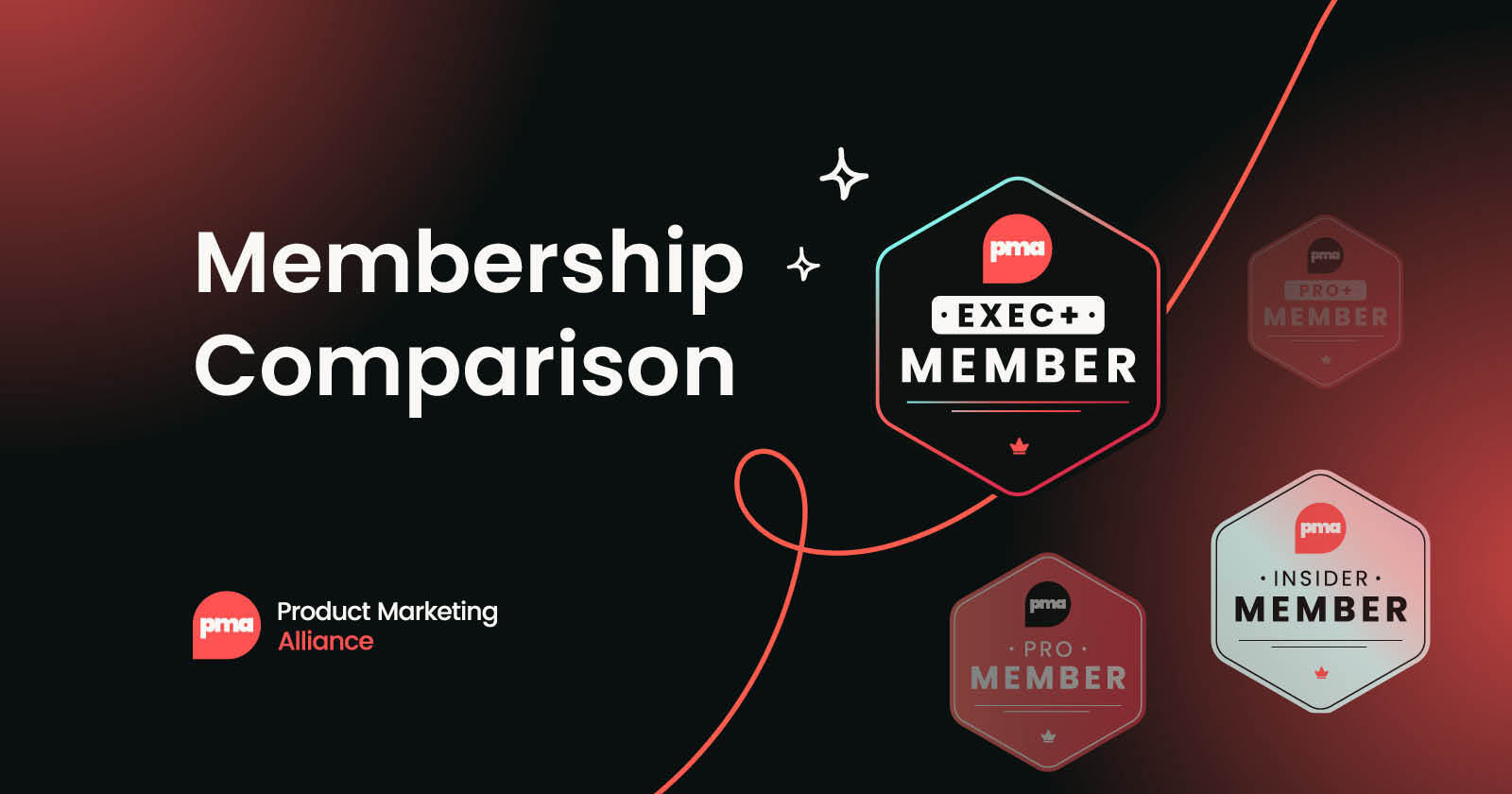
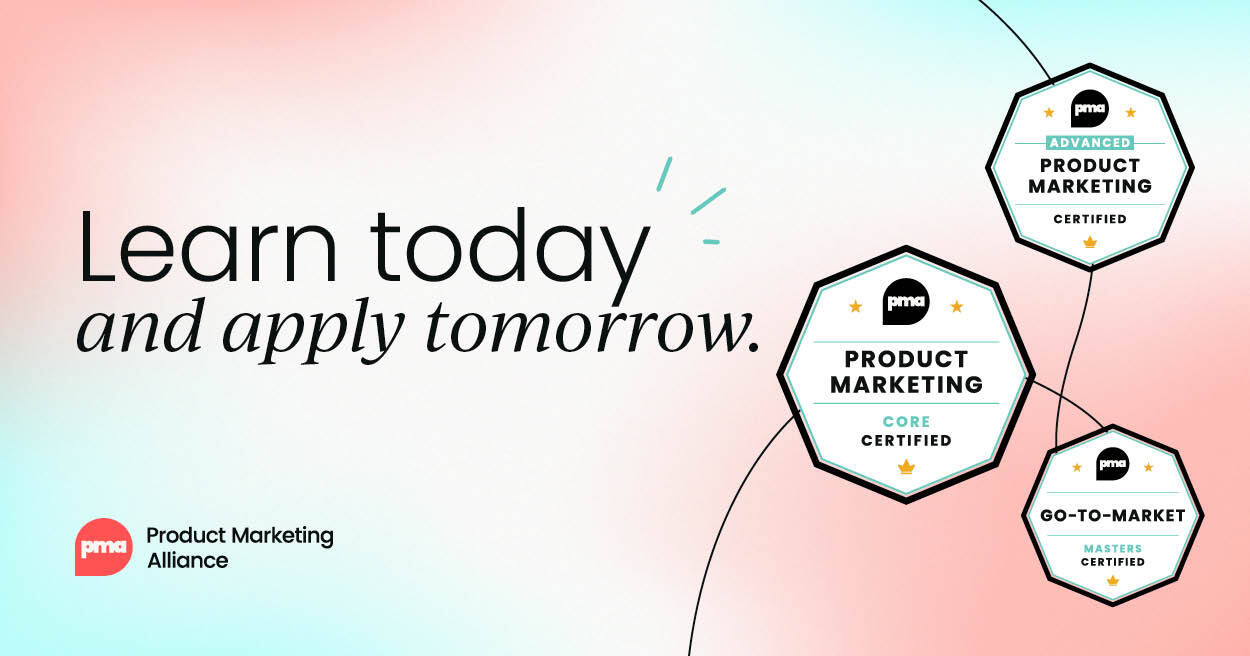
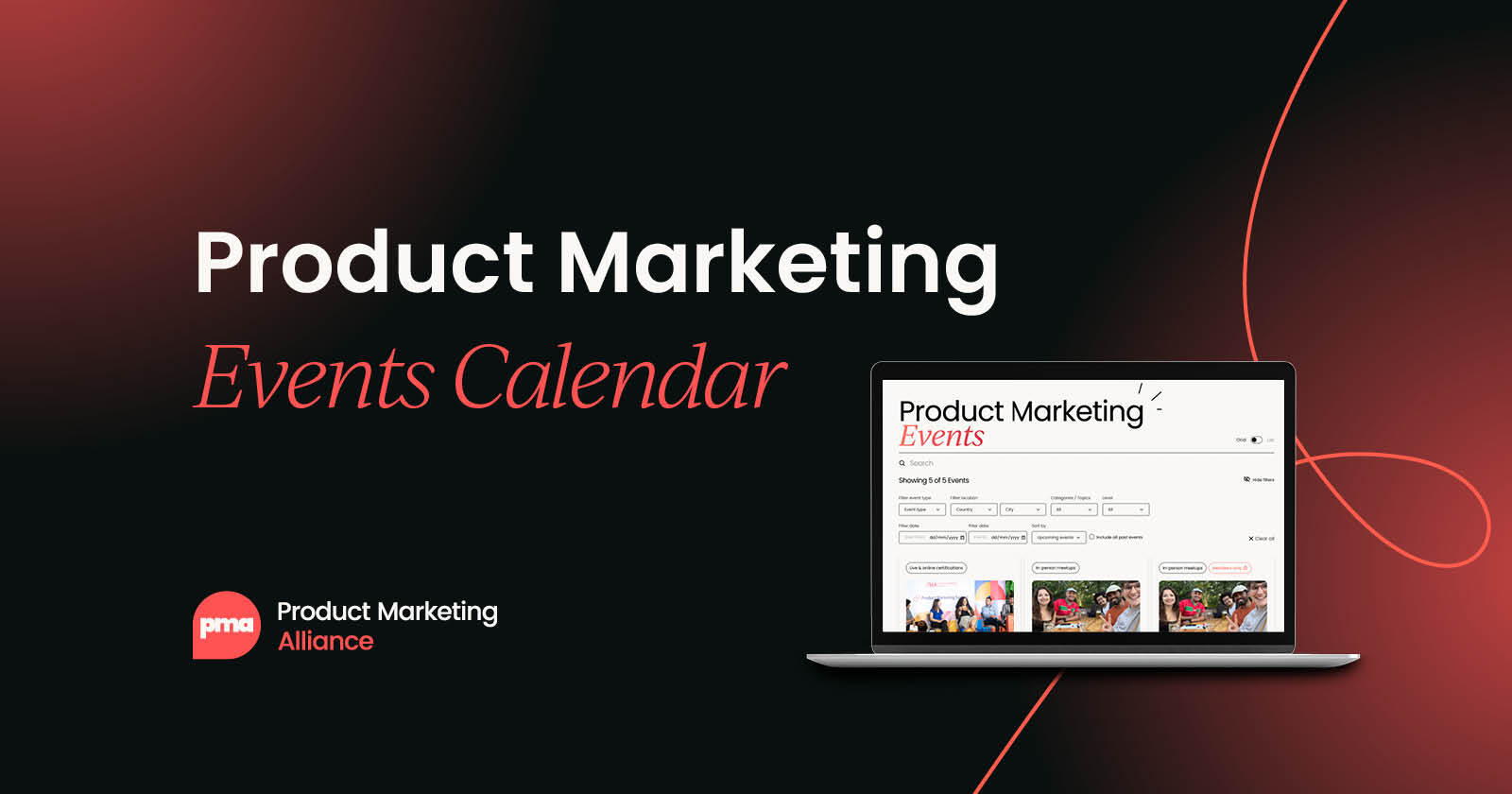


 Follow us on LinkedIn
Follow us on LinkedIn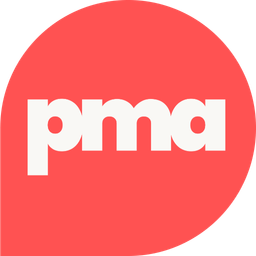





.svg)
Start the conversation
Become a member of Product Marketing Alliance to start commenting.
Sign up now